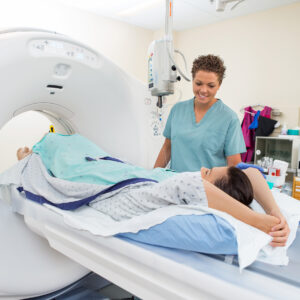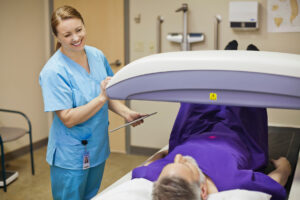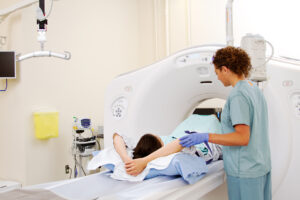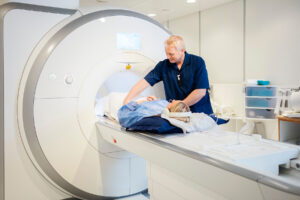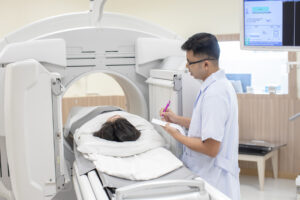PRP's Vascular Ultrasound Service Information
Vascular ultrasound uses reflected sound waves to image arteries or veins in many parts of the body, including the neck, abdomen, pelvis, arms and legs. A doppler ultrasound is a technique that evaluates the speed, direction and character of blood flow. Narrowing, blockage and dilatation (aneurysm) of vessels may be detected using this technique. Varicose veins may also be evaluated.
Preparation
Fasting 6 hours – Aorta Illiac.
Otherwise no preparation required.
What happens during the procedure
A clear jelly is applied to the skin and a transducer is moved over the skin above the area being examined. Multiple images are taken throughout the exam.
The sonographer will be with you throughout the scan and will usually ask questions about your medical history and the reason for the examination so that the optimal examination for your problem will be performed.
Obtaining the best images can be very challenging and requires considerable time and concentration by the sonographer.
The radiologist may need to see you to get more information, or to scan to check some findings.
How long does it take?
Between 30-90 minutes.
After your examination
After your examination, you will be given a copy of the most pertinent images from your study. A report will be given to you with the images, or sent directly back to your referring doctor by fax or email. PRP will store digital copies of all studies on our secure database for comparison with any future examinations.
Please bring any previous X-rays with you for comparison.
It is important that you return to your doctor with your examination results. Whether they are normal or abnormal, your doctor needs to know promptly so that a management plan can be formulated.
Your images and report
After your examination, the most pertinent images from your study will be available on the myPRP patient portal. A report, along with the images will be sent directly to your referring doctor. PRP will store digital copies of all studies on our secure database for comparison with any future examinations.
It is important that you return to your doctor with your examination results. Whether they are normal or abnormal, your doctor needs to know promptly so that a management plan can be formulated.
Testimonials
I would not go anywhere else for Diagnostic imaging. All staff from reception to radiographers are excellent, friendly and very caring. Thank you all for doing a wonderful job. – Wendy Sharp



